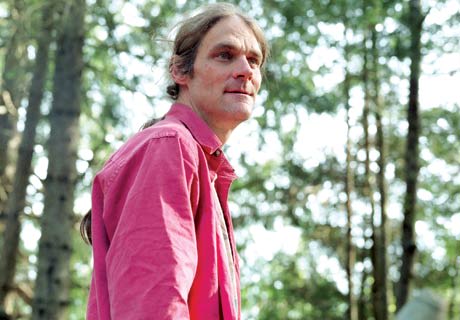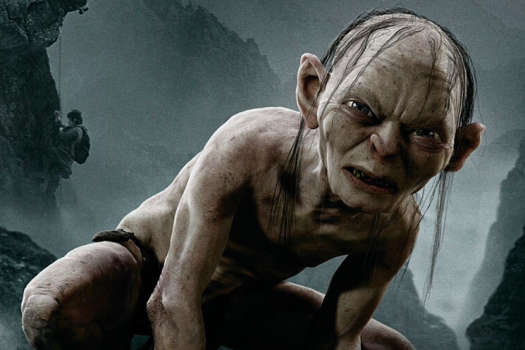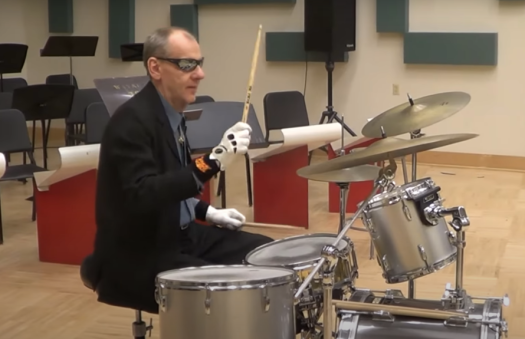BC guitarist Tony Wilson (Hard Rubber Orchestra, NOW Orchestra, Peggy Lee Band) went into a boathouse/recording studio on Hornby Island a couple years ago and emerged with these 14 bite size chunks of sonic dream life. Theres a "look what I found rummaging around in the basement experimentalism to several tracks: disjointed loops, bits and pieces of auditory debris, rubbished songs, a voice from beyond the grave warning us of that "Lonesome Valley where we're all headed eventually. Other tracks are like discarded pop-song sketches, like a hook or melody abandoned by its maker but still twitching with life. Forays into the downbeat, generically-amorphous twang patented by Bill Frisell and Marc Ribot call it the New Simplicity (Guitar Division) sit beside the sky-scraping bliss-out of Coltranes "Venus/Offering, a burnt offering to the ghost of Sonny Sharrock. Horse's Dream is the equivalent of a good graphic novel: vivid, absurdist, sharply and economically delineated, and at heart, profoundly melancholy.
How did you get hooked up with Drip Audio and (violinist/label-owner) Jesse Zubot? I met Jesse in 2001, when I put a quartet together with François Houle, David Say, Jesse and myself to play some chamber-like compositions. We started to do a few different projects together with different artists; then Jesse joined my quintet to make a sextet. When Jesse got a Canada Council study grant I was one of many he wanted to study with. Instead of payment I suggested he bring up some gear to Hornby and record some solo stuff. After recording, we thought it would be nice to release it on Drip Audio. They were the only ones that probably would.
How did you go about making the album? You make striking use of overdubbing and "found materials. Except for a couple acoustic guitar overdubs and the main theme of a bit more, most things were done with loops that came together when we were recording. Also, a lot was done via editing different sections together. I had 27 pieces and edited them down to 14. I have always loved sound from found objects I often use a cheap contact mic to bring these sounds out.
(Drip Audio)How did you get hooked up with Drip Audio and (violinist/label-owner) Jesse Zubot? I met Jesse in 2001, when I put a quartet together with François Houle, David Say, Jesse and myself to play some chamber-like compositions. We started to do a few different projects together with different artists; then Jesse joined my quintet to make a sextet. When Jesse got a Canada Council study grant I was one of many he wanted to study with. Instead of payment I suggested he bring up some gear to Hornby and record some solo stuff. After recording, we thought it would be nice to release it on Drip Audio. They were the only ones that probably would.
How did you go about making the album? You make striking use of overdubbing and "found materials. Except for a couple acoustic guitar overdubs and the main theme of a bit more, most things were done with loops that came together when we were recording. Also, a lot was done via editing different sections together. I had 27 pieces and edited them down to 14. I have always loved sound from found objects I often use a cheap contact mic to bring these sounds out.




